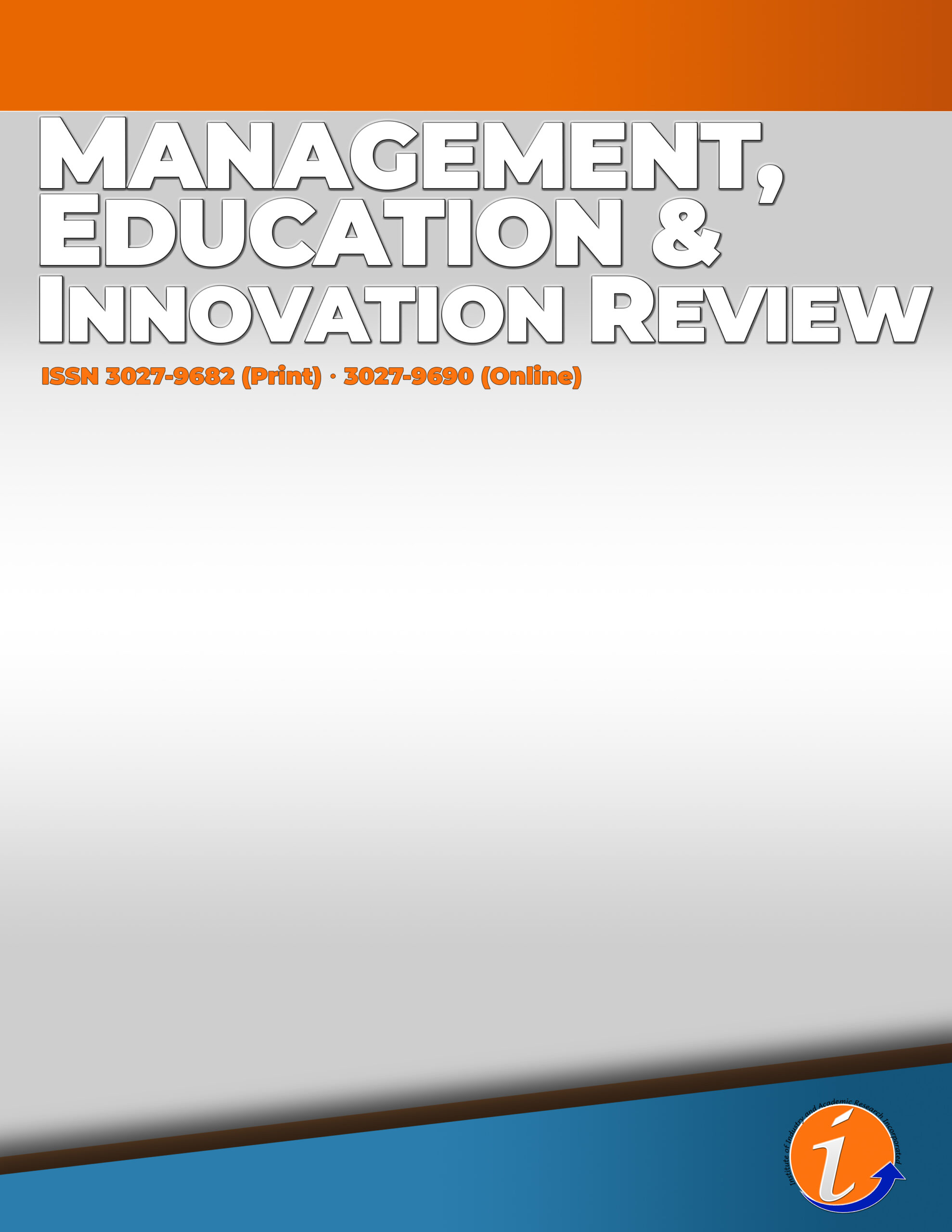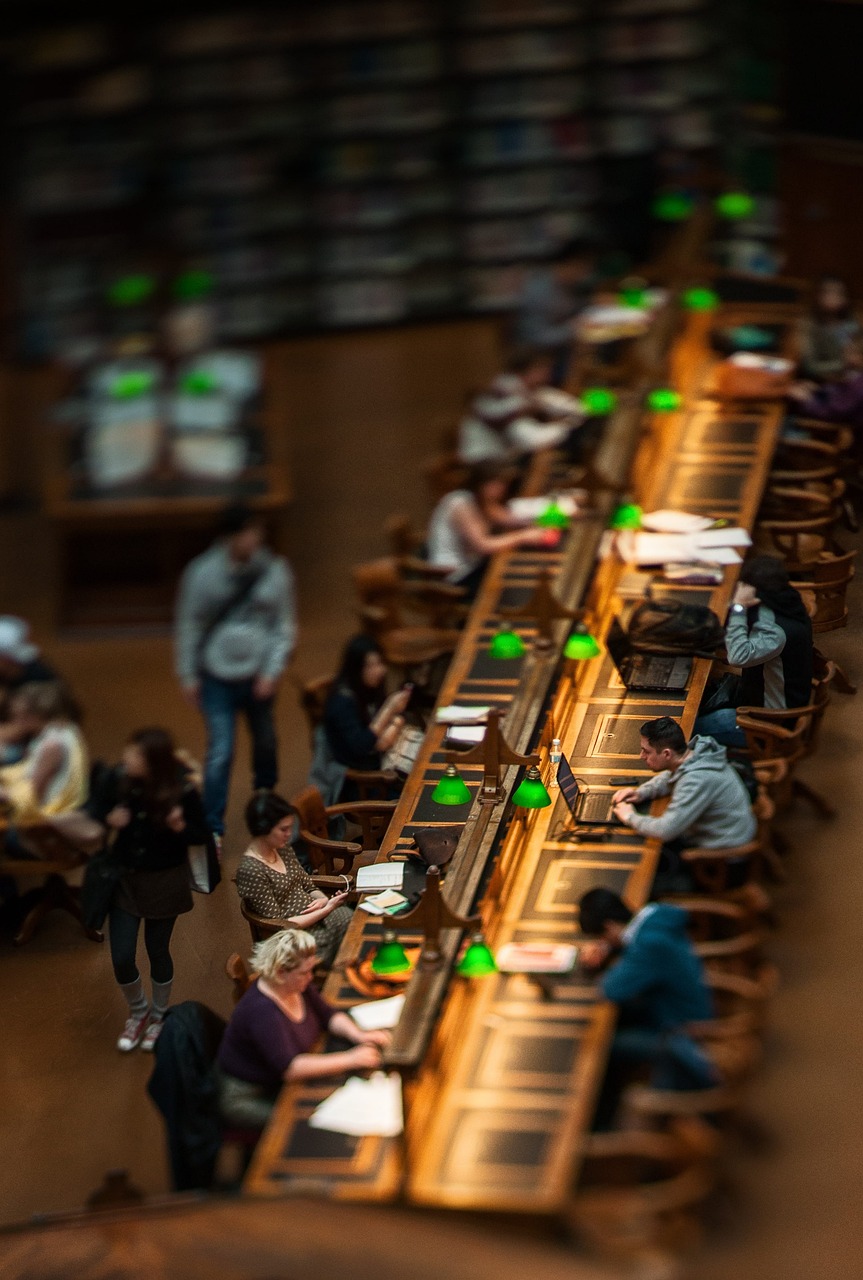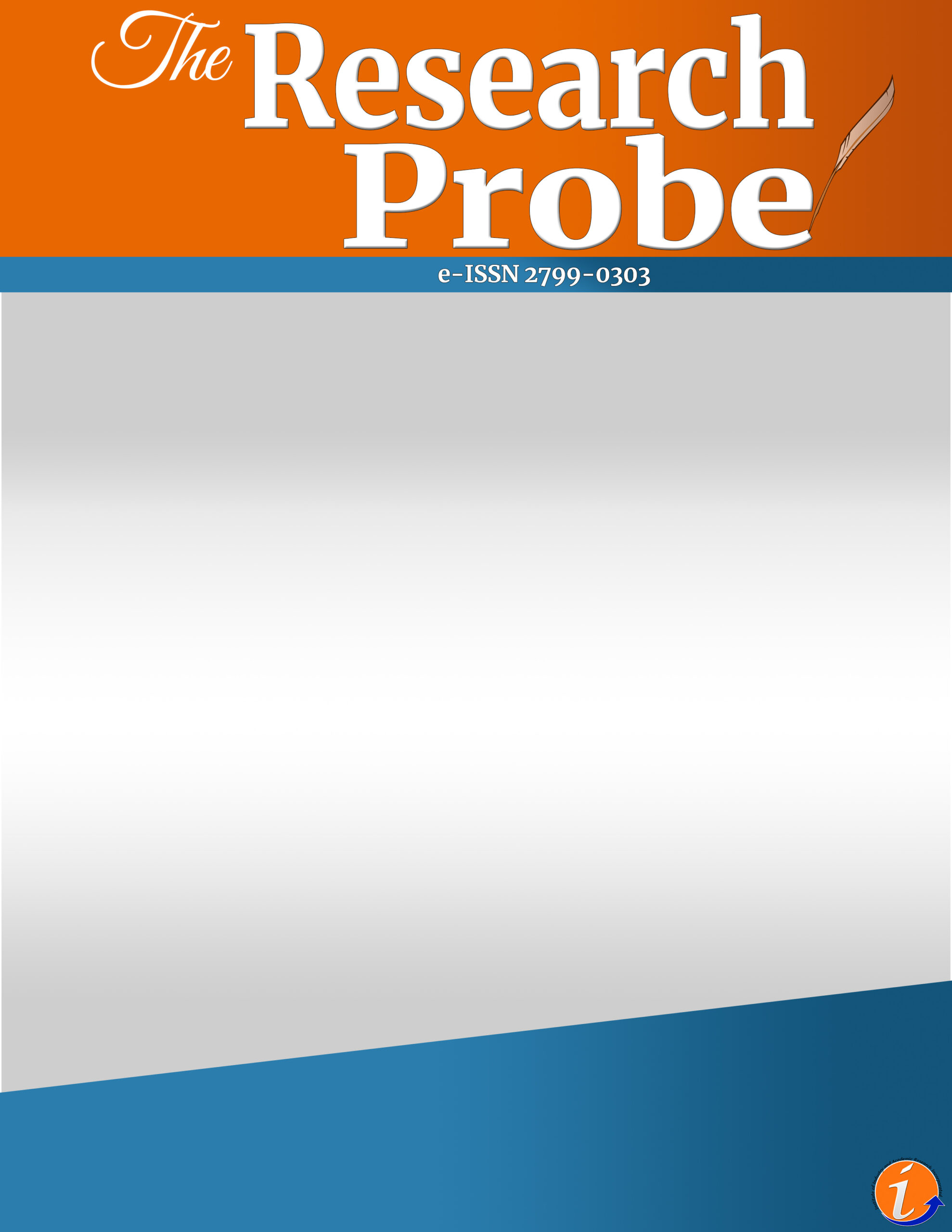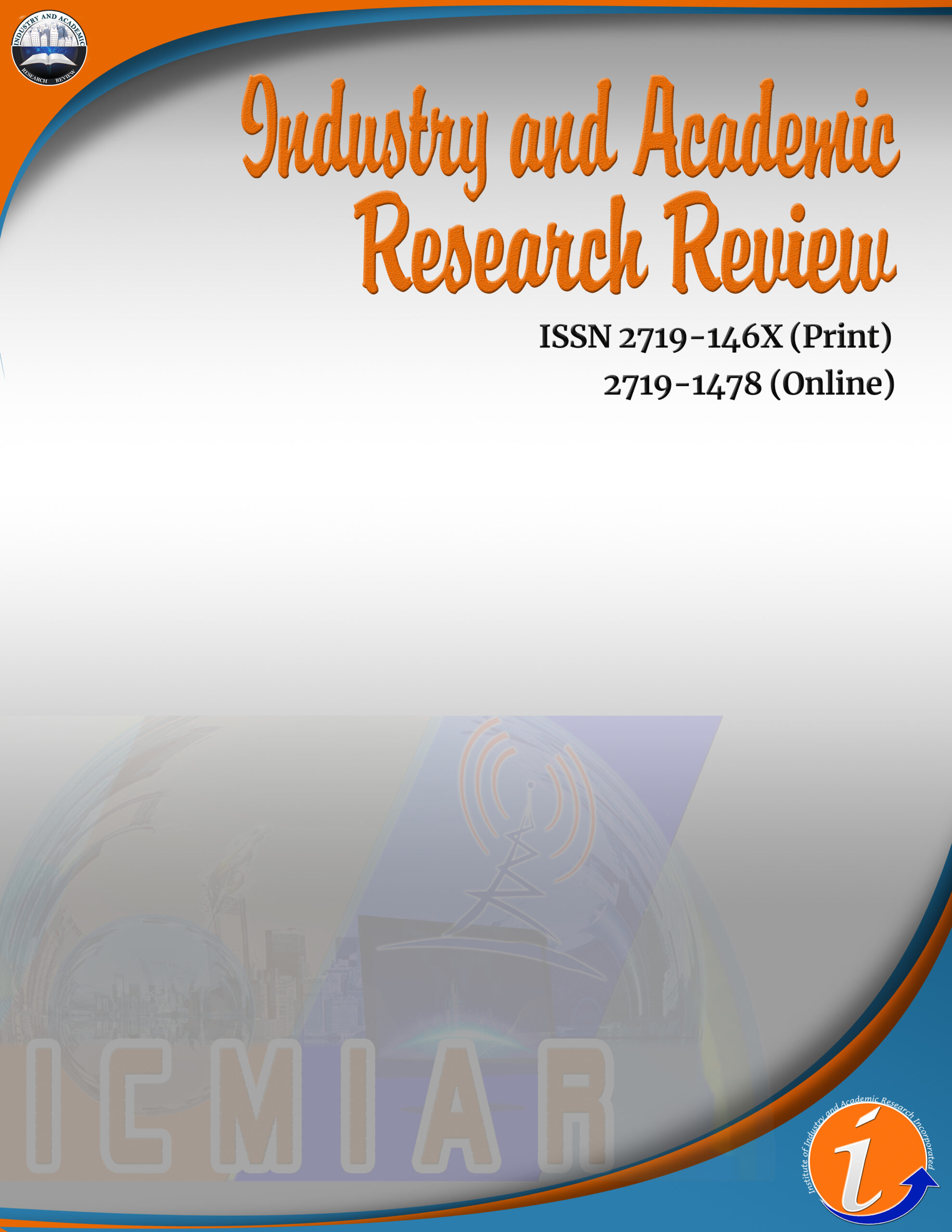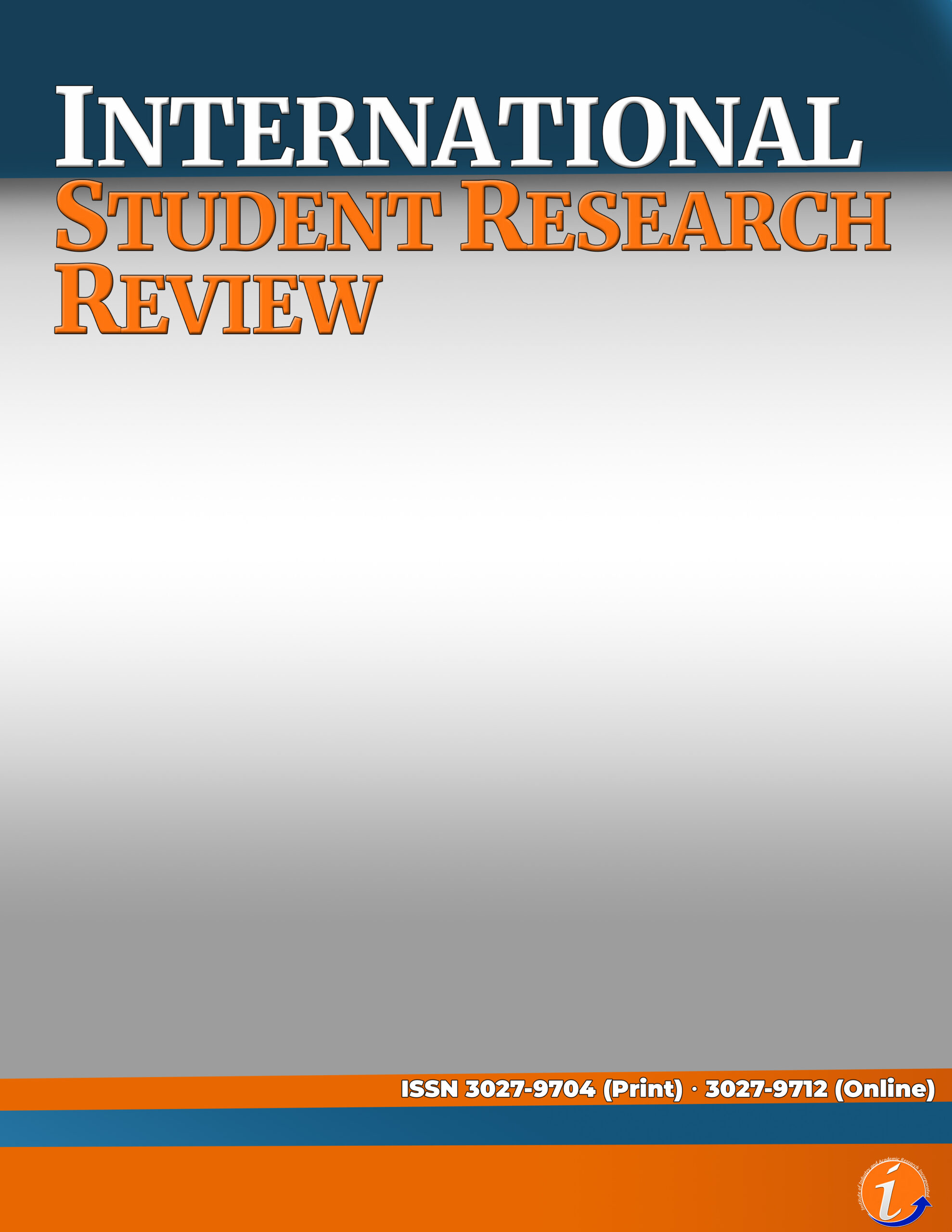This study aimed to evaluate the earthquake preparedness at one state university in the Philippines. Utilizing a descriptive research design, the study employed an evaluation form from the university's DRRM, focusing on five phases: alarm, building exit, evacuation safe zone, room stability safety check, and technical/logistics. Data were collected during the nationwide simultaneous earthquake drills in the first semester of the 2023-2024 academic year. The results revealed commendable preparedness in the alarm phase, with high scores for siren system availability and student response. However, areas for improvement were identified, particularly in students' execution of safety procedures during alarms. The faculty demonstrated readiness in guiding evacuations, but students' behavior during evacuations indicated a need for enhancement in seriousness and appropriateness. Overall, the earthquake drill’s team showed high preparedness in evacuation procedures, room safety checks, and technical/logistics aspects. The study recommends orientation and re-orientation sessions for students, improvements in signage visibility, and consistent maintenance of technical resources. Furthermore, the implementation of targeted plans and programs focusing on emergency protocols and behavioral responses is advised. Future research should explore the interrelationships among DRRM mitigation, response, and rehabilitation levels within the university context.
preparedness, assessment, earthquake drill, natural disaster
Maria Aurora G. Victoriano. Corresponding author. Doctor of Philosophy major in English, Program Chair (BAEL Department), Capiz State University-Mambusao Satellite College. Email: victorianoauh@gmail.com
Meschel L. Marcos. Master of Arts in Education, Designated Registrar, Capiz State University-Mambusao Satellite College
Frocy M. Navarrosa. Master of Science, Program Chair (BSOA Department), Capiz State University-Mambusao Satellite College
Jelly L. Paredes. Doctor of Education, Program Chair (BSCS Department), Capiz State University-Mambusao Satellite College
No potential conflict of interest was reported by the author(s).
This work was not supported by any funding.
The author declares the use of Artificial Intelligence (AI) in writing this paper. In particular, the author used OpenAI, Elicit, and Quillbot in finding literature and other materials. The author takes full responsibility in ensuring that research idea, analysis and interpretations are original work.
This paper is presented in the 2nd International Conference on Management, Education and Innovation (ICMEI) 2025
ABS-CBN Sagip Kapamilya Foundation. (2013). Disaster. http://www.abs- cbnfoundation.com/sk/disaster.html
Bradley, M. (2014). Disaster risk communication: Principles and strategies. Journal of Emergency Management, 12(3), 45–52. https://doi.org/10.5055/jem.2014.0202
Calamba, R.R. (2024). High school students’ level of awareness and preparedness of natural disasters. International Journal of Studies in Education and Science (IJSES), 5(2), 150-167. https://doi.org/10.46328/ijses.79
Capiz State University. (n.d.). Disaster Risk Reduction and Management Plan (pp. 4–5).
Commission on Higher Education (CHED). (2014). CHED Memorandum Order No. 12 series of 2014: Guidelines on the Rehabilitation and Reconstruction Program for State Universities and Colleges (SUCs). https://ched.gov.ph/wp-content/uploads/2014/07/CMO-12-s2014.pdf
Eisensee, T., & Strömberg, D. (2007). News droughts, news floods, and US disaster relief. The Quarterly Journal of Economics, 122(2), 693–728. https://doi.org/10.1162/qjec.122.2.693
Emaliyawati, E., Nur’aeni, N., & Sulistyo, D. (2022). Effectiveness of disaster education methods in increasing community preparedness: A systematic review. International Journal of Disaster Risk Reduction, 75, 102976. https://doi.org/10.1016/j.ijdrr.2022.102976
Guevarra, J. P., Marquez, M. A. C., Ramos, R. M. M., & Santiago, E. Q. (2007). Assessment of disaster preparedness in selected public schools in Luzon, Philippines. Acta Medica Philippina, 41(3), 29–36.
Ismail, F., Hassan, R., & Abdullah, S. (2024). Geospatial technologies for earthquake preparedness: GIS applications and vulnerability analysis. Journal of Disaster Science, 39(1), 112–130. https://doi.org/10.1016/j.jds.2023.09.005
Jia, L., & Ye, X. (2023). Deep learning applications in earthquake disaster assessment: A review. Remote Sensing of Environment, 293, 113417. https://doi.org/10.1016/j.rse.2023.113417
Malasarte, B.D., Molde, M.M., Son, J.S. & Quezada, R.J.C. (2024). Awareness and preparedness of pupils towards disaster risk reduction management: Basis for intervention program. Asian Journal of Education and Social Studies, 50(9), 200-212. https://doi.org/10.9734/ajess/2024/v50i91580
Mamon, J., dela Cruz, P., & Santos, R. (2017). Engaging students in disaster risk reduction and management (DRRM): A Philippine case study. Asia-Pacific Journal of Education, 37(4), 487–499. https://doi.org/10.1080/02188791.2017.1370279
McFarland, R. (2014). Disaster communication and public response. Risk Analysis, 34(12), 2163–2175. https://doi.org/10.1111/risa.12219
National Disaster Risk Reduction and Management Council. (2011). National Disaster Risk Reduction and Management Plan (NDRRMP). Office of Civil Defense. https://ndrrmc.gov.ph/
Office of Civil Defense. (2011). National Disaster Risk Reduction and Management Plan. https://ocd.gov.ph
Philippine Disaster Risk Index Report (2022). World Risk Index Report.
Prieto, G., et al. (2019). The role of education in social cohesion: A functionalist perspective. Journal of Sociology and Education, 12(3), 45–59.
Republic Act No. 10121. (2010). Philippine Disaster Risk Reduction and Management Act of 2010. Official Gazette of the Republic of the Philippines. https://www.officialgazette.gov.ph/2010/05/27/republic-act-no-10121/
Russell, T. (2018). Disaster preparedness in schools: Roles and responsibilities of education stakeholders. International Journal of Educational Development, 60, 1–7. https://doi.org/10.1016/j.ijedudev.2017.10.005
Sagip Kapamilya. (2013). Disaster preparedness and risk reduction initiatives. ABS-CBN Foundation. https://news.abs-cbn.com/news/special-reports
Shafapourtehrany, M., Batur, M., Shabani, F., Pradhan, B., Kalantar, B., & Özener, H. (2023). A comprehensive review of geospatial technology applications in earthquake preparedness, emergency management, and damage assessment. Remote Sensing, 15(7), 1939. https://doi.org/10.3390/rs15071939
United Nations Development Programme. (2015). Human impact of natural disasters: A global overview. UNDP. https://www.undp.org/publications/human-impact-natural-disasters-global-overview
United Nations Development Programme. (2015). Effective law & regulation for disaster risk reduction. https://www.undp.org/publications/effective-law-regulation-disaster-risk-reduction
United Nations Office for Disaster Risk Reduction. (2017). Economic losses, poverty & disasters: 1998–2017. https://www.undrr.org/publication/economic-losses-poverty-disasters-1998-2017
United Nations Office for Disaster Risk Reduction. (2017). Global assessment report on disaster risk reduction. UNDRR. https://www.undrr.org/publication/global-assessment-report-disaster-risk-reduction-2017
Walch, C. (2018). Disaster risk reduction amidst armed conflict: Informal institutions, rebel groups, and wartime political orders. Disasters, 42(S2), S239–S264. https://doi.org/10.1111/disa.12309
World Risk Report. (2022). World risk index 2022: Measuring disaster risk. Bündnis Entwicklung Hilft & Ruhr University Bochum. https://reliefweb.int/report/world/world-risk-report-2022-measuring-disaster-risk
Yodmani, S. (2001). Disaster risk management and vulnerability reduction: Protecting the poor.http://drr.upeace.org/english/documents/References/Topic%205- Risk%20Management
Cite this article:
Victoriano, M.A.G., Marcos, M.L., Navarrosa, F.M. & Paredes, J.L. (2025). Disaster risk reduction and management on earthquake preparedness: An assessment. Management, Education & Innovation Review, 2(1), 183-197. https://doi.org/10.53378/meir.157
License:
![]()
This work is licensed under a Creative Commons Attribution (CC BY 4.0) International License.




